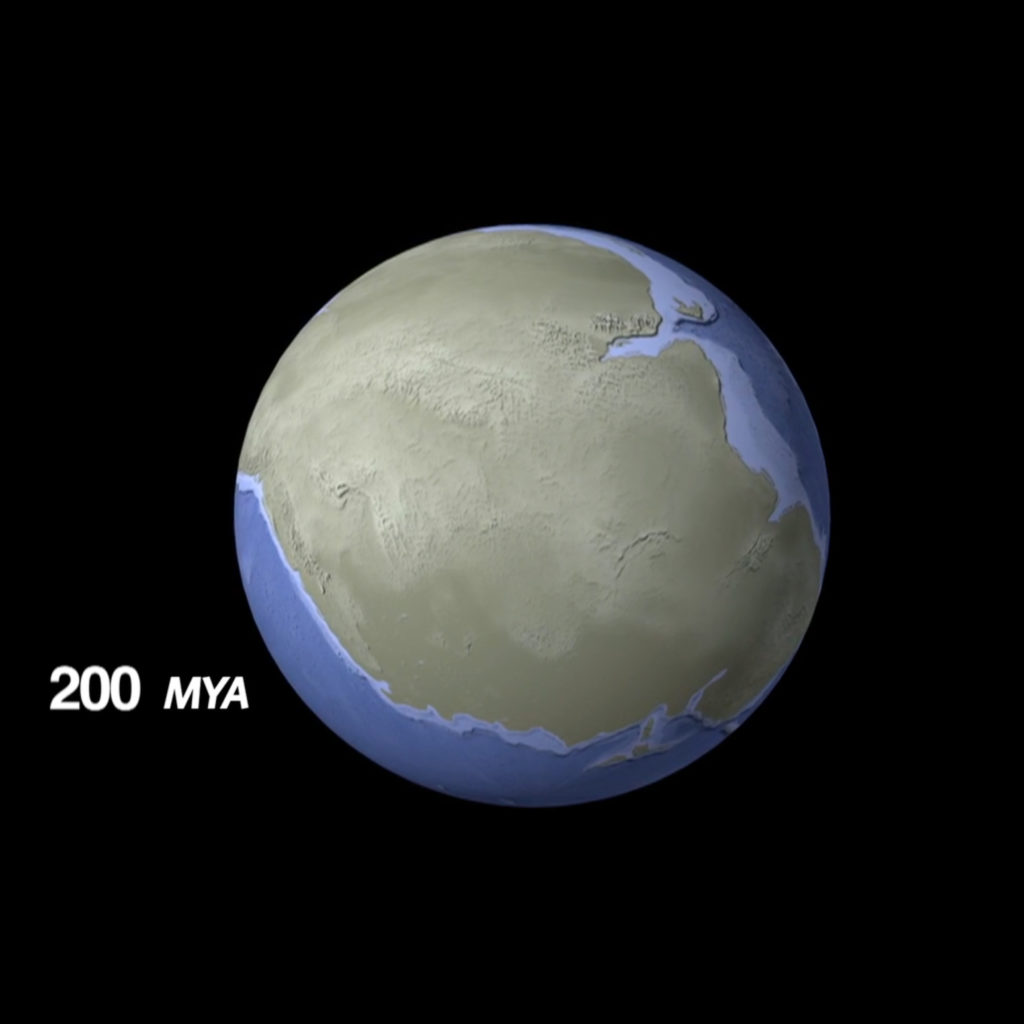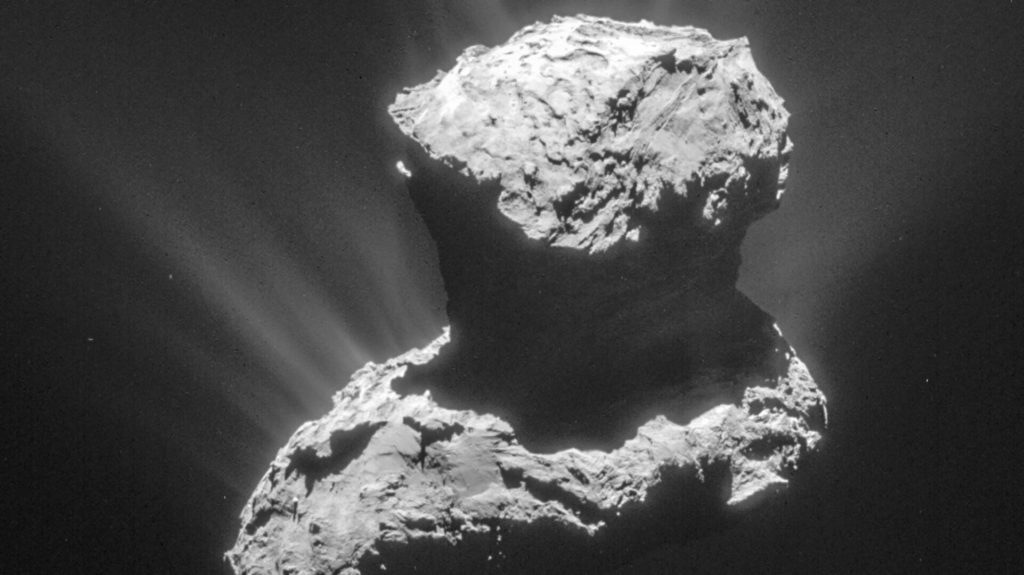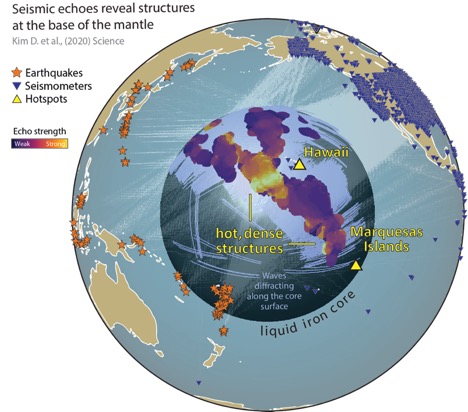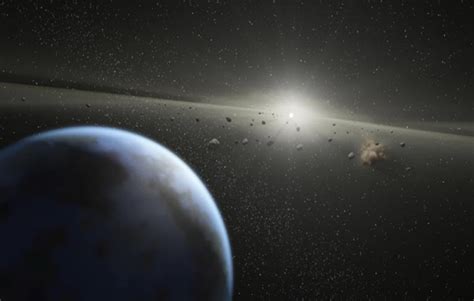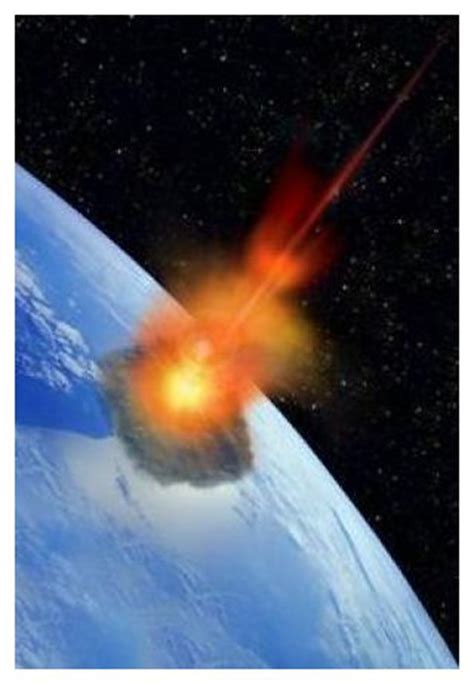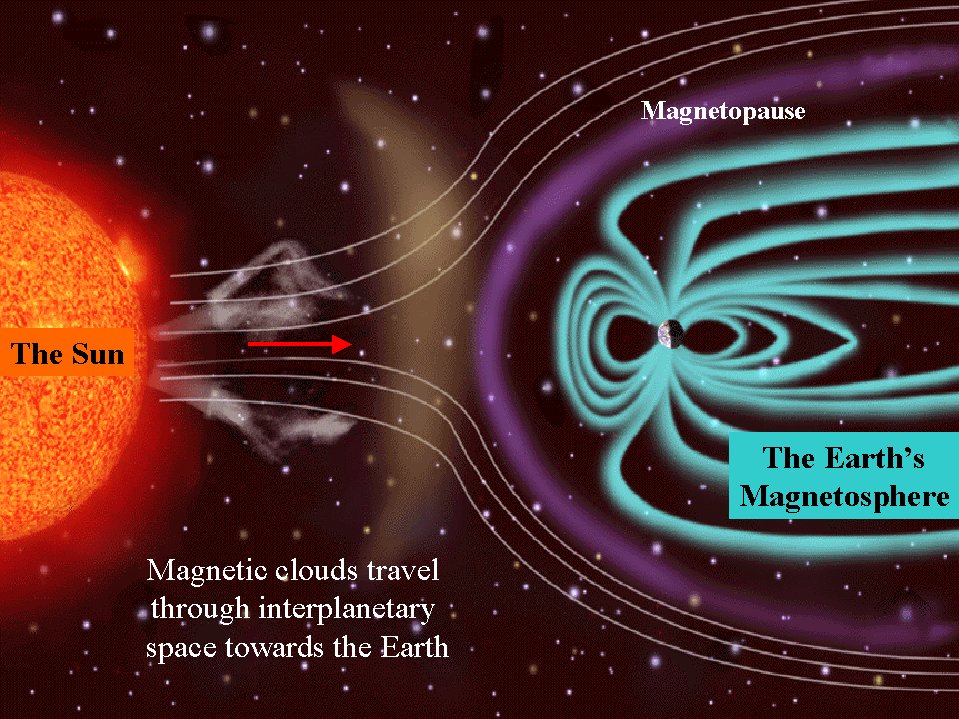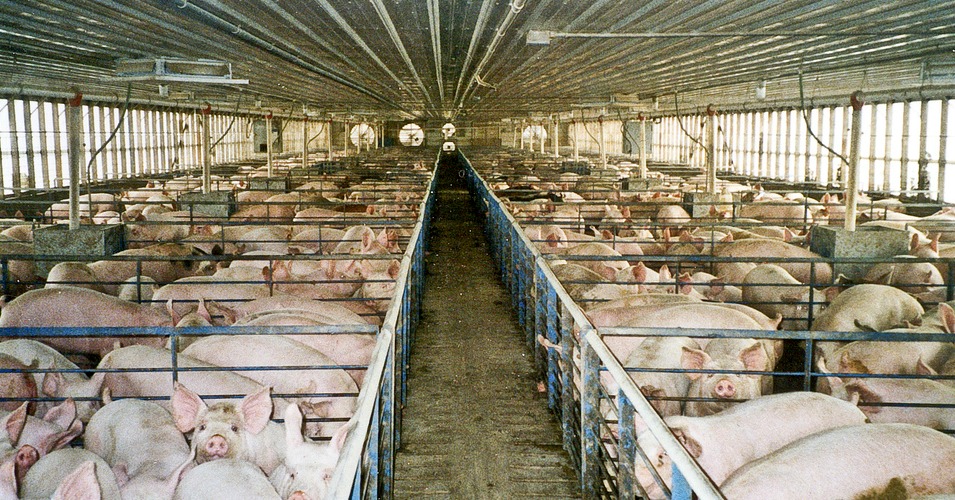Earth Science
Date : Sept. , 2023
Source : Science Alert
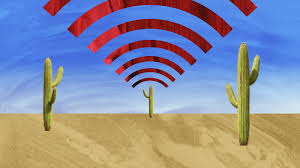
A new study published this year (2023) shows that plants do “scream” when stressed. They emit popping or clicking noises in ultrasonic frequencies outside the range of human hearing, and the intensity is proportional to the level of stress. We already knew plants could “hear” (Nature’s article, 2019).
The experimentation could record a range of ultrasonic noise in a range of 3 meters. It is not yet known what process can produce these sounds, and it is not also known if other plants can hear and respond to the “call”.
Read the Science Alert Article
Read the original article in the Cell Review

